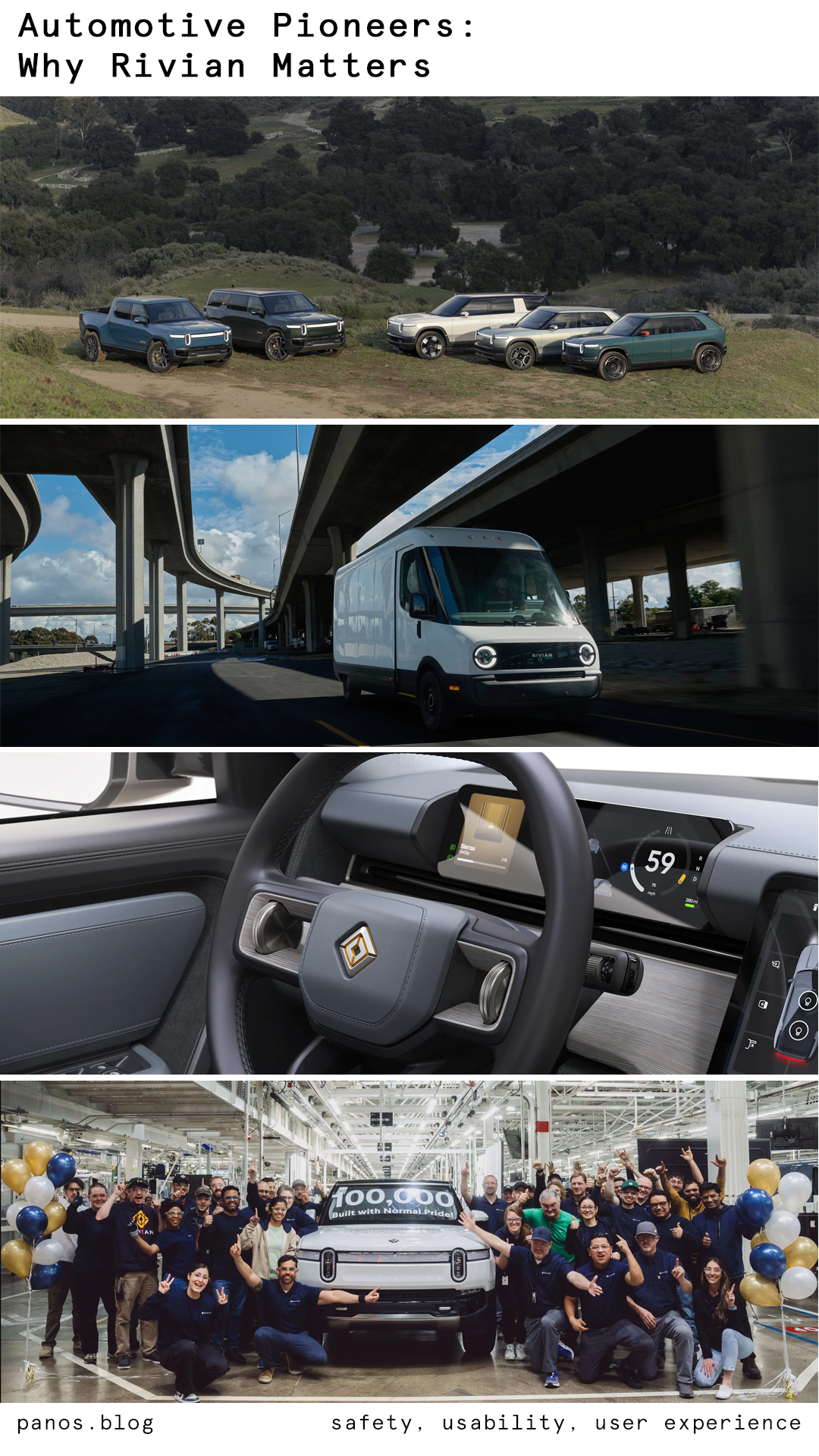Creating exceptional UX is vital for staying competitive. Benchmarking is a valuable tool that allows us to compare our products or services against industry leaders, identifying strengths and areas for improvement. However, while benchmarking can offer significant benefits, it's essential not to over-rely on it.
Benchmarking provides a structured methodology for evaluating the usability and effectiveness of safety features, infotainment systems, vehicle ergonomics, and overall UX. It involves a comprehensive process, which includes identifying what to benchmark, determining what to measure, and collecting and analysing data. This process helps us set clear targets and develop action plans to enhance our UX offerings.
One of the primary benefits of benchmarking in automotive UX is the ability to identify best practices and integrate them into new vehicle programs. For instance, a competitor's vehicle evaluation can reveal ergonomic and human factors strengths, informing our design improvements and setting usability benchmarks. By learning from the successes and shortcomings of industry leaders, we can ensure our vehicles meet and exceed customer expectations.
In my experience, effective benchmarking consistently results in comprehensive data collection, provides hands-on interaction, and serves as an excellent team-building activity (in-car conversations are often invaluable). Throughout my career, I’ve organised and participated in numerous benchmarking sessions, but few stand out:
• A fantastic session in Upper Heyford, England, where over 30 colleagues gathered to test some amazing cars, and we were well taken care of by a sophisticated chef.
• A memorable benchmarking session in Haiphong, Vietnam, flawlessly organised by my colleagues, which combined rigorous data collection, target setting, and team building.
• Also, great sessions in Milton Keynes and Neuss.
Despite its advantages, benchmarking should not become an obsession. Over-focusing on competitors can lead to a reactive rather than a visionary approach. Worrying excessively about what others are doing can cause stress and anxiety, ultimately stifling innovation. The competitive landscape is changing fast, and what works for one company today might not be relevant tomorrow.
Instead of always fixating on competitors, we should prioritise our internal goals and innovation. By having a clear product strategy and executing it with precision, we can ensure that the end product aligns with our vision and customer expectations.
Also, I think we can take advantage of the newly available tools to unlock some great possibilities. I am experimenting with utilising AI agents for more efficient UX benchmarking and target setting (collaborating with some very smart people). Still early days, and I move with caution, but it looks very promising...





